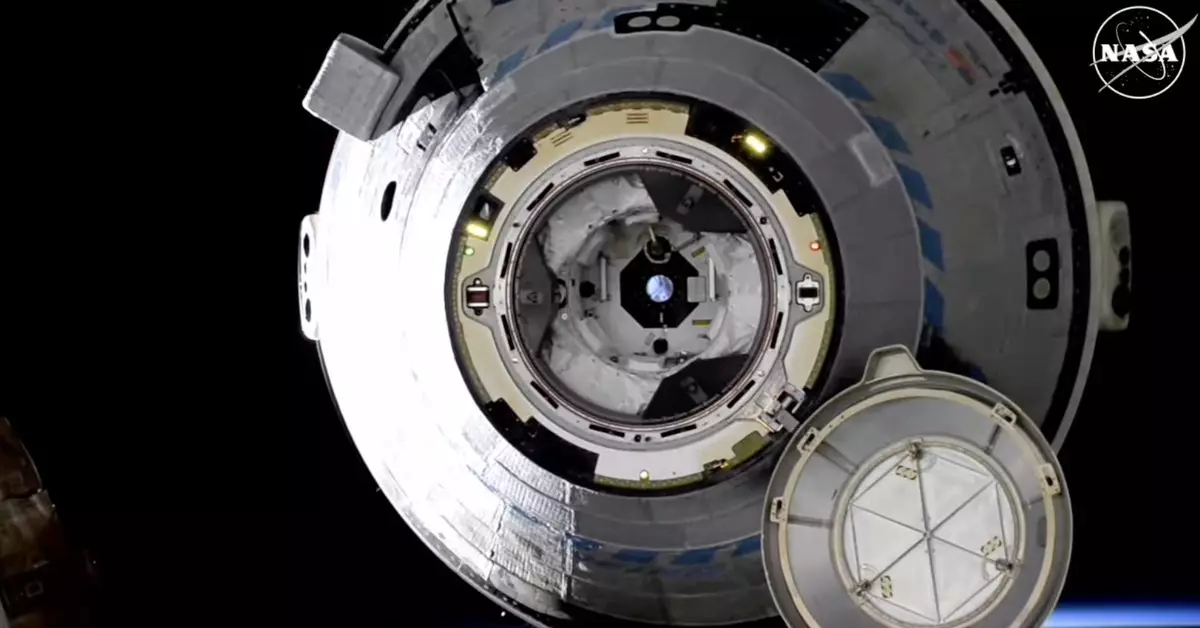The Boeing Starliner spacecraft recently completed its uncrewed flight back to Earth, marking the end of its most recent flight test. This culmination comes months later than originally intended, leading to NASA astronauts Barry “Butch” Wilmore and Suni Williams remaining aboard the International Space Station until the following year. The return was confirmed by NASA officials, with the Starliner touching down precisely at 12:01 AM ET at White Sands Space Harbor in New Mexico.
NASA officials expressed their satisfaction with the successful descent of the Starliner. Ken Bowersox, Associate Administrator of the Space Operations Mission Directorate at NASA Headquarters in Washington, commended the collective team’s effort, stating, “I am extremely proud of the work our collective team put into this entire flight test, and we are pleased to see Starliner’s safe return.” Despite the necessity of returning the spacecraft uncrewed, NASA and Boeing gained invaluable insights into Starliner in extreme conditions. Steve Stich, manager of NASA’s Commercial Crew Program, highlighted the importance of this test flight in paving the way for future missions utilizing the Starliner system.
The Starliner faced initial challenges upon its launch due to helium leaks detected by NASA, which were deemed acceptable within limits. Subsequently, the return flight was delayed due to additional leaks and issues with the spacecraft’s reaction control thrusters. These technical hurdles underscore the complexities involved in space exploration and the rigorous testing required to ensure the safety and reliability of spacecraft.
Looking ahead, astronauts Wilmore and Williams are anticipated to return to Earth aboard a SpaceX Dragon capsule upon the conclusion of NASA’s Crew-9 mission in early 2025. This transition highlights the collaborative efforts within the space exploration community, as different aerospace companies work together to achieve common goals and advance human spaceflight capabilities.
Overall, the completion of the Boeing Starliner spacecraft’s flight test, though delayed, represents a significant milestone in NASA’s pursuit of expanding its space exploration capabilities. The challenges encountered during this mission serve as valuable learning experiences that will inform future endeavors and contribute to the ongoing progress of human space exploration.

